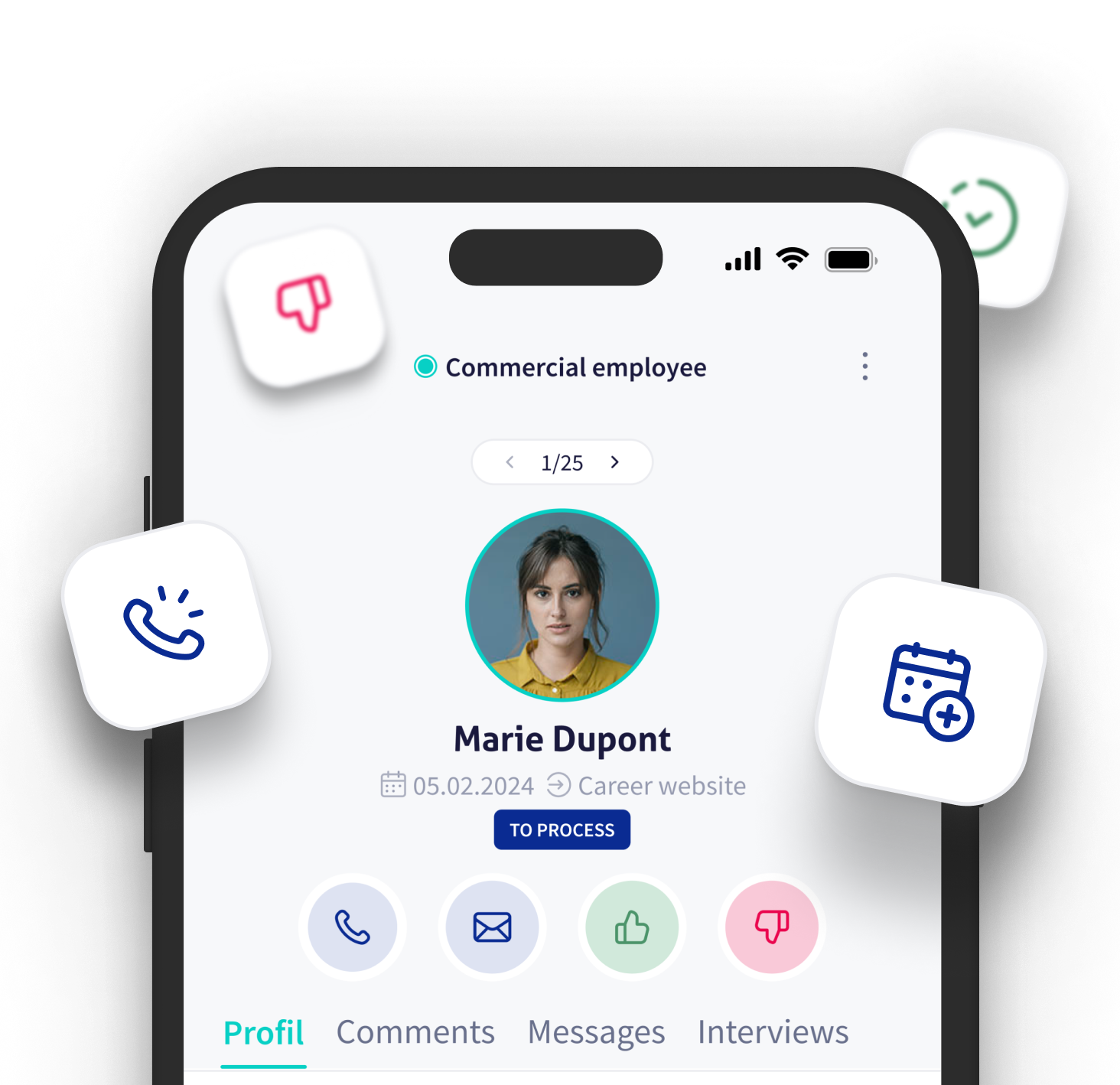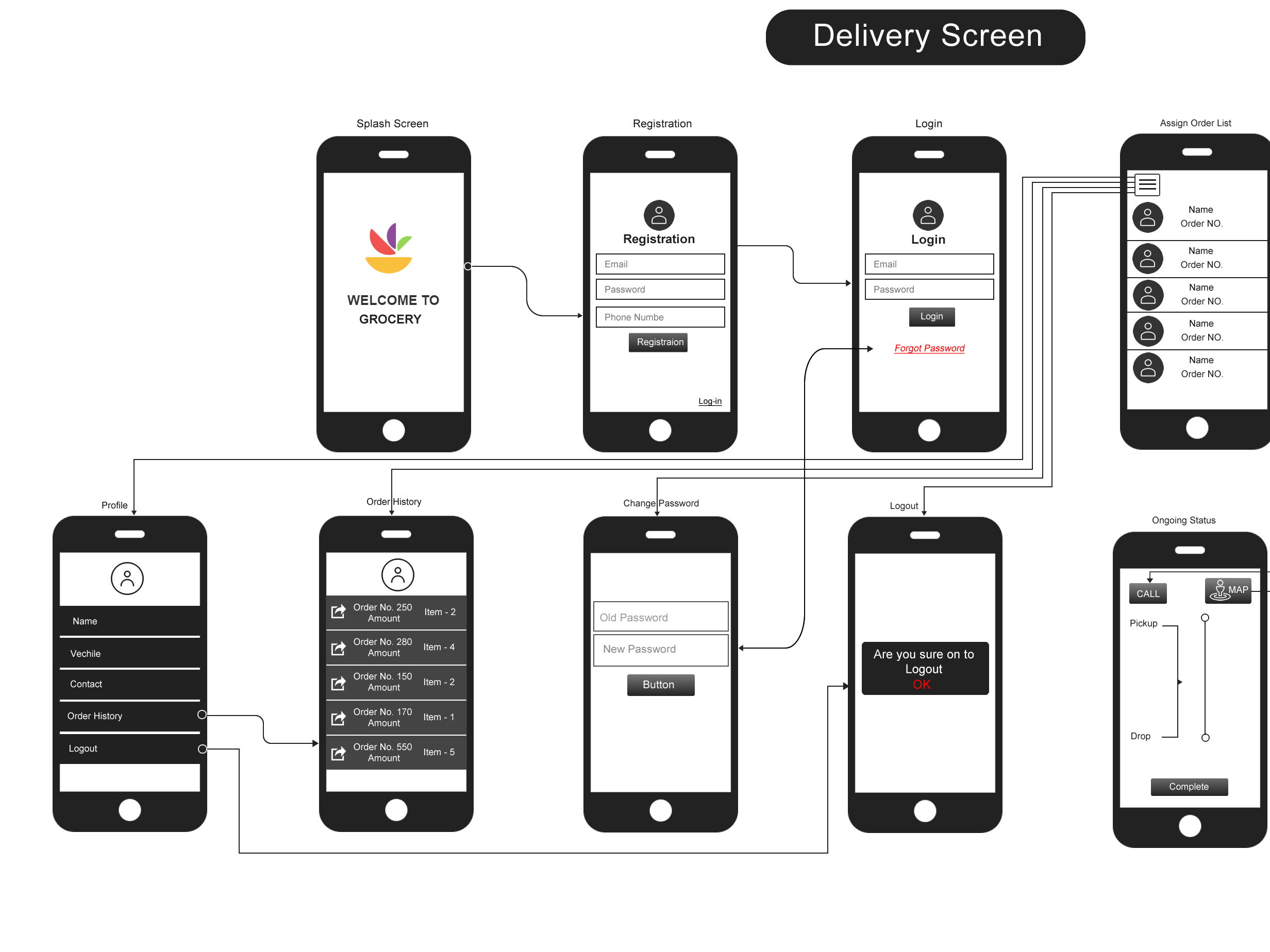How To Effectively Manage Remote IoT Apps: A Comprehensive Guide
In today's digital era, managing remote IoT apps has become an essential skill for businesses and developers alike. The rise of connected devices and cloud-based platforms has made it easier to monitor, control, and optimize IoT applications from anywhere in the world. However, this convenience comes with its own set of challenges, including security concerns, data management, and device integration. In this article, we will explore the best practices for managing remote IoT apps effectively, ensuring seamless performance and maximum efficiency.
As the Internet of Things (IoT) continues to expand, companies are increasingly relying on remote IoT app management to streamline their operations. From smart homes to industrial automation, IoT apps play a critical role in connecting devices, collecting data, and enabling real-time decision-making. However, managing these apps remotely requires a strategic approach to address the complexities of IoT ecosystems.
This guide will provide you with actionable insights and expert advice on how to manage remote IoT apps successfully. We will cover key aspects such as security, scalability, data management, and best practices for maintaining IoT systems. By the end of this article, you will have a clear understanding of how to optimize your remote IoT app management process for better performance and reliability.
Read also:Mastering Raspberry Pi Remote Io Setup A Comprehensive Guide
Understanding the Basics of Remote IoT App Management
Before diving into the specifics of remote IoT app management, it’s important to understand the fundamental concepts that underpin this technology. IoT apps are software solutions designed to interact with connected devices, enabling users to monitor, control, and analyze data remotely. These apps often rely on cloud platforms, APIs, and communication protocols to facilitate seamless interaction between devices and users.
Key components of remote IoT app management include:
- Device Connectivity: Ensuring reliable communication between IoT devices and the central management platform.
- Data Collection and Analysis: Gathering and processing data from connected devices to generate actionable insights.
- Security Protocols: Implementing robust security measures to protect sensitive information and prevent unauthorized access.
- Scalability: Designing systems that can accommodate growing numbers of devices and data points without compromising performance.
By understanding these core elements, you can build a solid foundation for managing remote IoT apps efficiently.
Key Challenges in Managing Remote IoT Apps
Security Risks
One of the biggest challenges in managing remote IoT apps is ensuring the security of the system. IoT devices are often vulnerable to cyberattacks due to their widespread connectivity and reliance on third-party platforms. According to a report by Cybersecurity Ventures, the global cost of cybercrime related to IoT is expected to reach $10.5 billion by 2023.
To mitigate these risks, organizations must implement strong encryption protocols, secure authentication methods, and regular firmware updates. Additionally, employing multi-layered security solutions can help protect sensitive data and prevent unauthorized access.
Data Management
Another challenge in remote IoT app management is handling the vast amount of data generated by connected devices. This data must be collected, stored, and analyzed effectively to derive meaningful insights. However, managing large datasets can be resource-intensive, requiring robust infrastructure and advanced analytics tools.
Read also:Mastering Remoteiot Vpc Ssh Raspberry Pi A Free Windows Download Guide
Solutions such as edge computing and cloud-based storage can help address these challenges by processing data closer to the source and reducing latency. Implementing data governance policies can also ensure compliance with regulations and improve overall data quality.
Best Practices for Managing Remote IoT Apps
1. Establishing a Secure Infrastructure
Security should be a top priority when managing remote IoT apps. Start by securing your network infrastructure using firewalls, intrusion detection systems, and secure communication protocols like HTTPS and TLS. Regularly update your devices and software to patch vulnerabilities and protect against emerging threats.
2. Implementing Scalable Solutions
As your IoT ecosystem grows, it’s crucial to implement scalable solutions that can handle increasing numbers of devices and data points. Cloud platforms such as AWS IoT, Microsoft Azure IoT, and Google Cloud IoT offer flexible and scalable environments for managing remote IoT apps. These platforms provide tools for device management, data analytics, and integration with third-party applications.
3. Automating Processes
Automation can significantly improve the efficiency of remote IoT app management. By automating routine tasks such as device monitoring, data collection, and system updates, you can reduce manual intervention and minimize errors. Use tools like IoT automation platforms and machine learning algorithms to streamline your operations and enhance system performance.
Choosing the Right Tools for Remote IoT App Management
Selecting the appropriate tools and platforms is essential for effective remote IoT app management. Consider the following options:
- Cloud Platforms: AWS IoT Core, Microsoft Azure IoT Hub, and Google Cloud IoT Core provide robust solutions for managing IoT devices and applications.
- Device Management Tools: Tools like DevicePilot, Hologram, and Particle offer comprehensive device management capabilities, including monitoring, diagnostics, and firmware updates.
- Data Analytics Solutions: Platforms like Splunk, Tableau, and Apache Kafka enable advanced data analytics and visualization, helping you derive valuable insights from your IoT data.
When evaluating tools, consider factors such as scalability, security, ease of use, and integration capabilities to ensure they meet your specific needs.
Security Considerations for Remote IoT App Management
As mentioned earlier, security is a critical aspect of managing remote IoT apps. Below are some best practices to enhance the security of your IoT ecosystem:
- Use Strong Authentication: Implement multi-factor authentication (MFA) and secure login protocols to prevent unauthorized access.
- Encrypt Data: Encrypt all data transmitted between devices and the management platform to protect sensitive information.
- Regularly Update Firmware: Keep your devices and software up to date with the latest security patches and firmware updates.
- Monitor for Threats: Use intrusion detection and prevention systems (IDPS) to monitor your network for potential threats and respond quickly to incidents.
By following these practices, you can significantly reduce the risk of security breaches and protect your IoT ecosystem.
Data Management Strategies for Remote IoT Apps
Managing data effectively is crucial for the success of remote IoT apps. Below are some strategies to help you optimize your data management process:
Data Storage
Choose the right storage solution based on your requirements. Cloud-based storage platforms like AWS S3, Google Cloud Storage, and Microsoft Azure Blob Storage offer scalable and cost-effective options for storing large volumes of IoT data.
Data Processing
Use edge computing to process data closer to the source, reducing latency and improving real-time decision-making. Combine edge computing with cloud-based analytics for a hybrid approach that balances performance and scalability.
Data Governance
Implement data governance policies to ensure compliance with regulations such as GDPR and CCPA. Establish clear guidelines for data collection, storage, and sharing to maintain transparency and trust with your users.
Scalability and Performance Optimization
As your IoT ecosystem grows, it’s important to ensure that your remote IoT app management system can scale effectively. Below are some tips for optimizing scalability and performance:
- Use Load Balancers: Distribute traffic evenly across servers to prevent overload and ensure consistent performance.
- Implement Caching: Use caching techniques to store frequently accessed data, reducing the load on your servers and improving response times.
- Monitor System Performance: Use monitoring tools to track key performance metrics and identify bottlenecks or areas for improvement.
By optimizing your system for scalability and performance, you can ensure that your remote IoT apps remain reliable and efficient as your ecosystem expands.
Future Trends in Remote IoT App Management
The field of remote IoT app management is evolving rapidly, with new technologies and trends emerging all the time. Some of the key trends to watch include:
- Artificial Intelligence (AI) and Machine Learning (ML): AI and ML are increasingly being used to automate processes, analyze data, and predict system behavior in IoT ecosystems.
- 5G Networks: The rollout of 5G networks promises faster speeds and lower latency, enabling more advanced IoT applications and improving the performance of remote IoT apps.
- Blockchain Technology: Blockchain offers a secure and transparent way to manage IoT data and transactions, enhancing trust and reliability in IoT ecosystems.
Staying up to date with these trends can help you leverage the latest technologies and innovations to improve your remote IoT app management capabilities.
Conclusion
Managing remote IoT apps effectively requires a strategic approach that addresses key challenges such as security, scalability, and data management. By following best practices and leveraging the right tools and technologies, you can optimize your remote IoT app management process for better performance and reliability.
We encourage you to implement the strategies outlined in this article and explore the latest trends in IoT technology to enhance your capabilities. Don’t forget to share your thoughts and experiences in the comments section below, and consider exploring other articles on our site for more insights into IoT and related topics.
Table of Contents
- Understanding the Basics of Remote IoT App Management
- Key Challenges in Managing Remote IoT Apps
- Best Practices for Managing Remote IoT Apps
- Choosing the Right Tools for Remote IoT App Management
- Security Considerations for Remote IoT App Management
- Data Management Strategies for Remote IoT Apps
- Scalability and Performance Optimization
- Future Trends in Remote IoT App Management
- Conclusion


